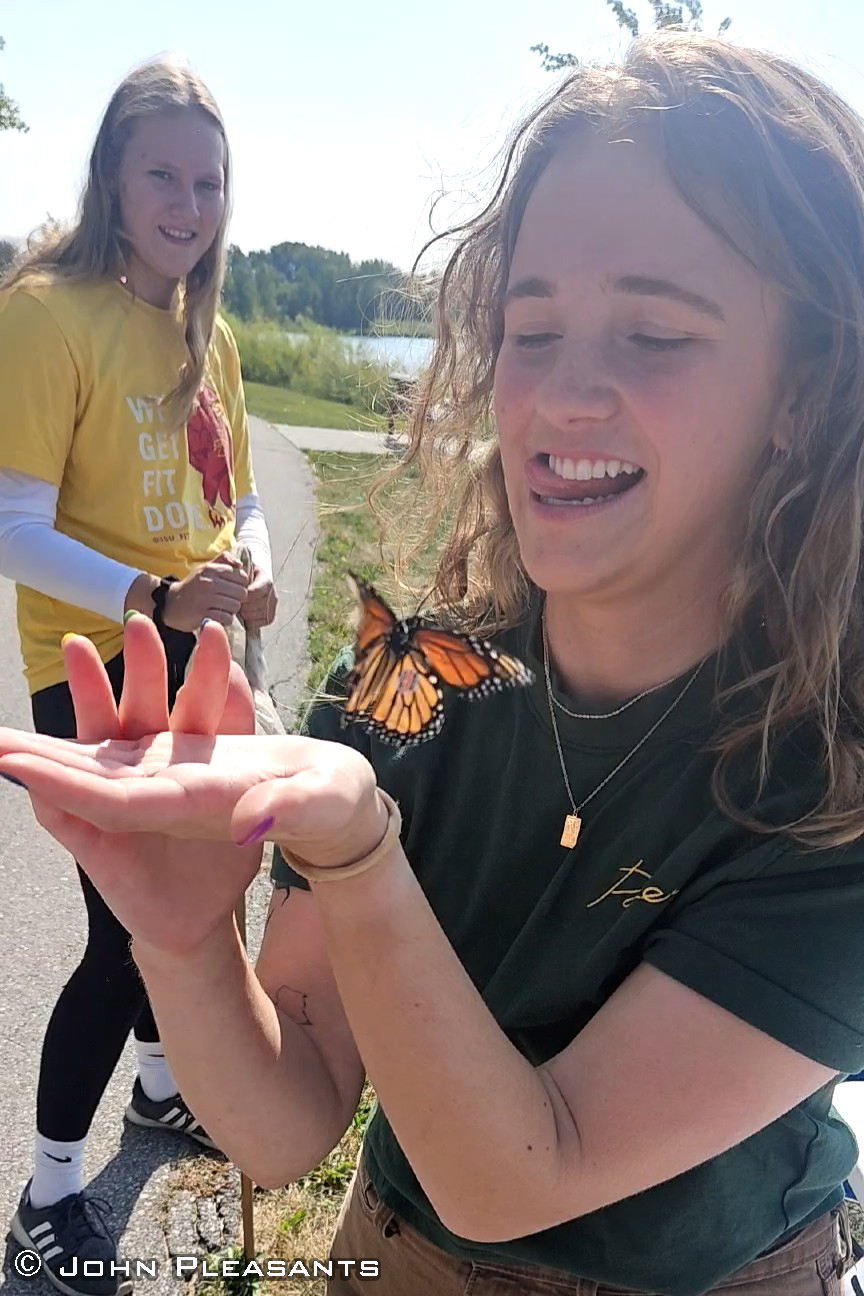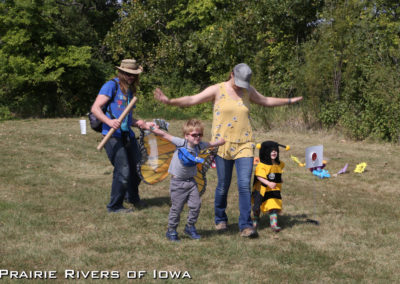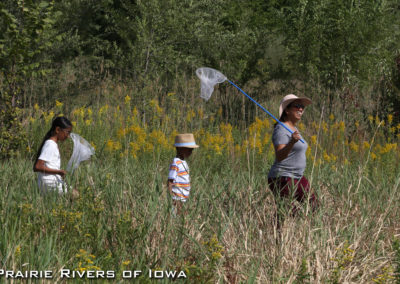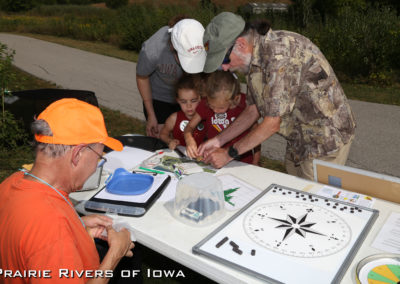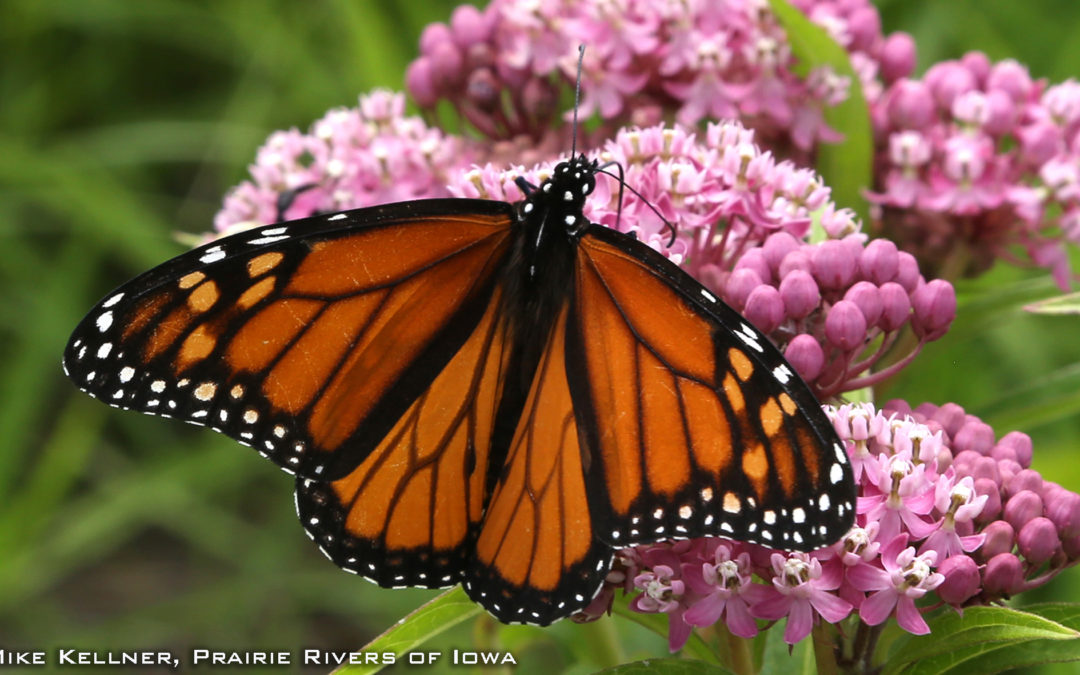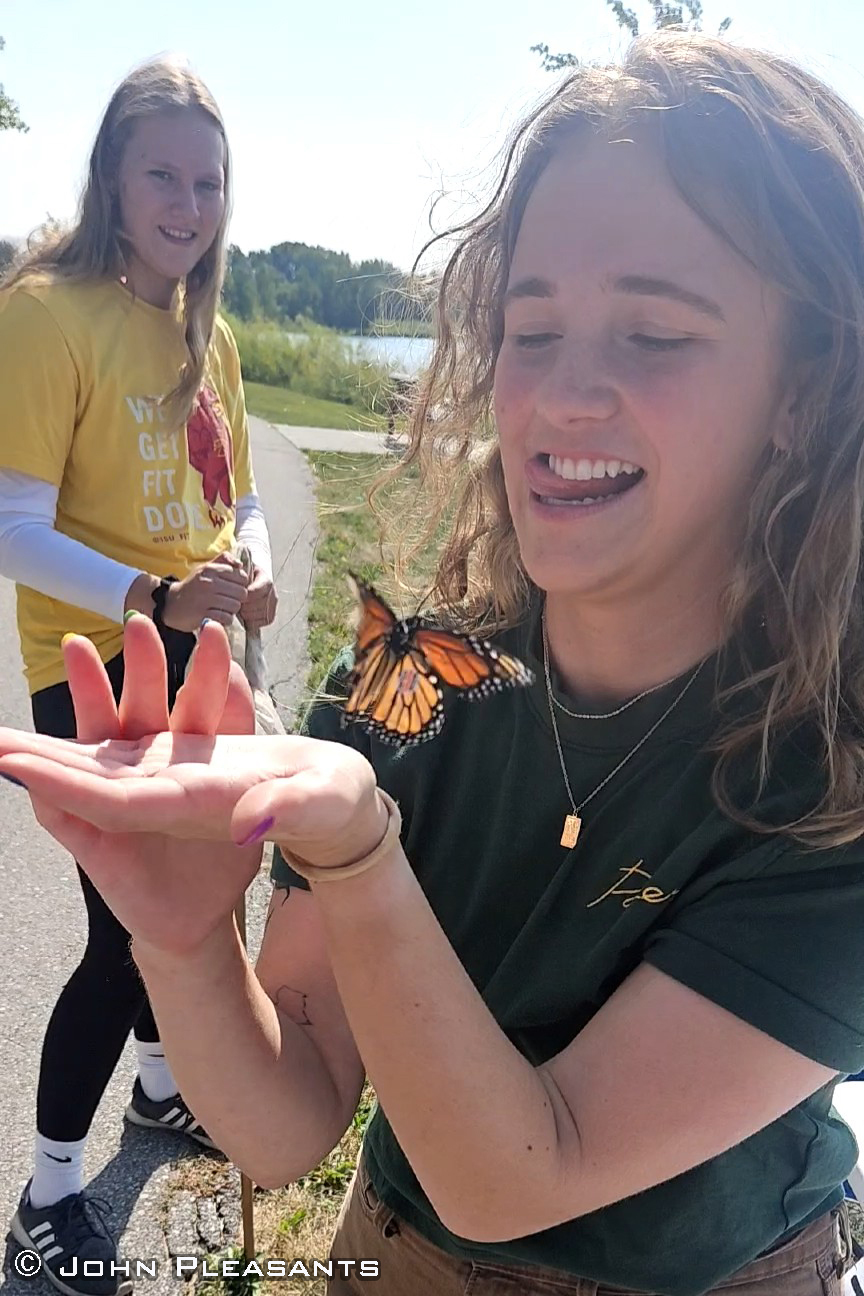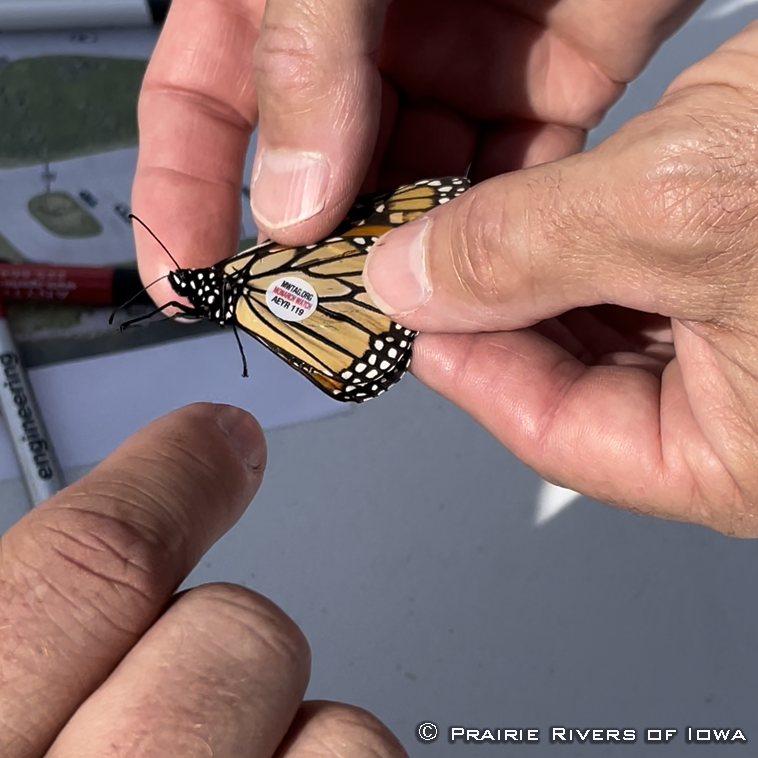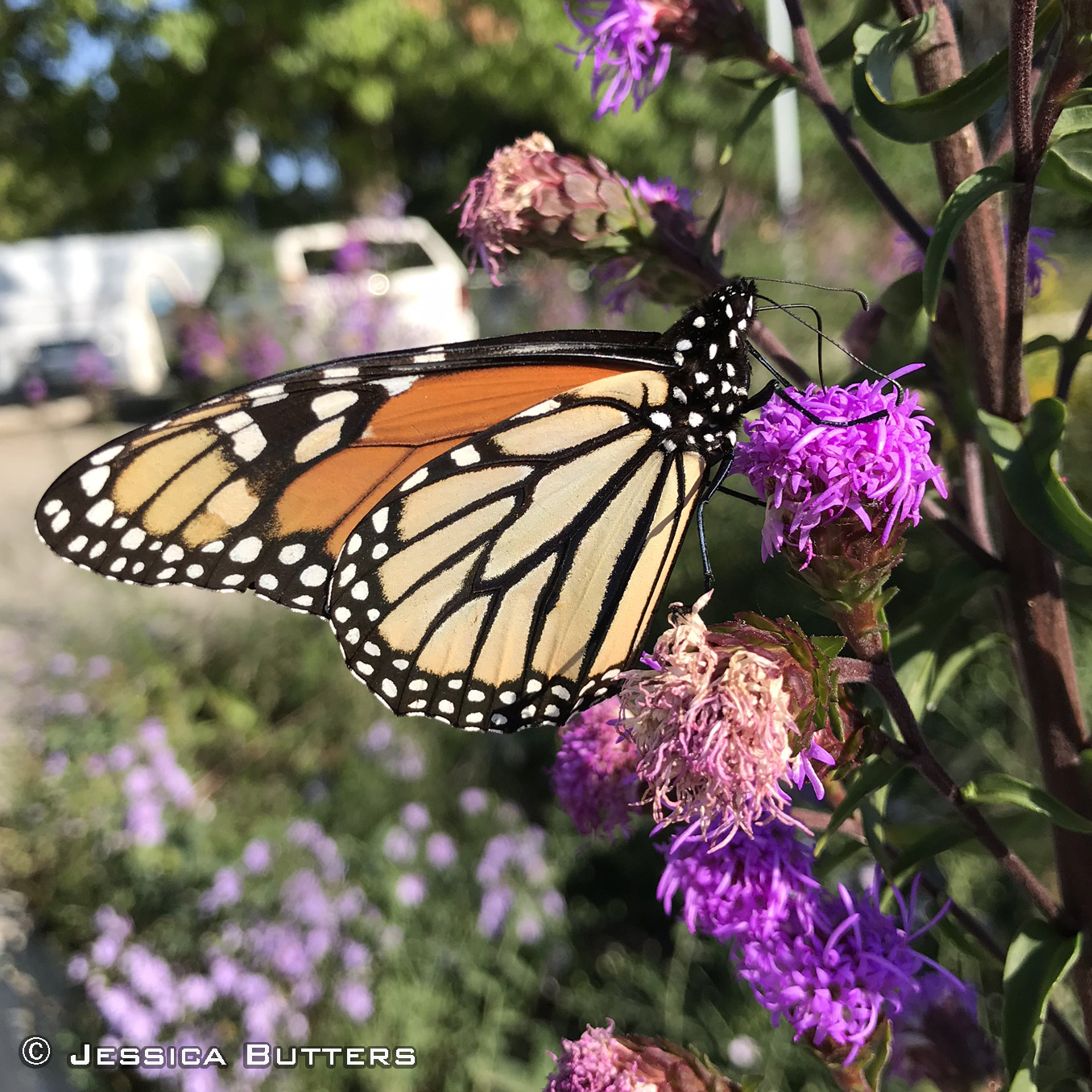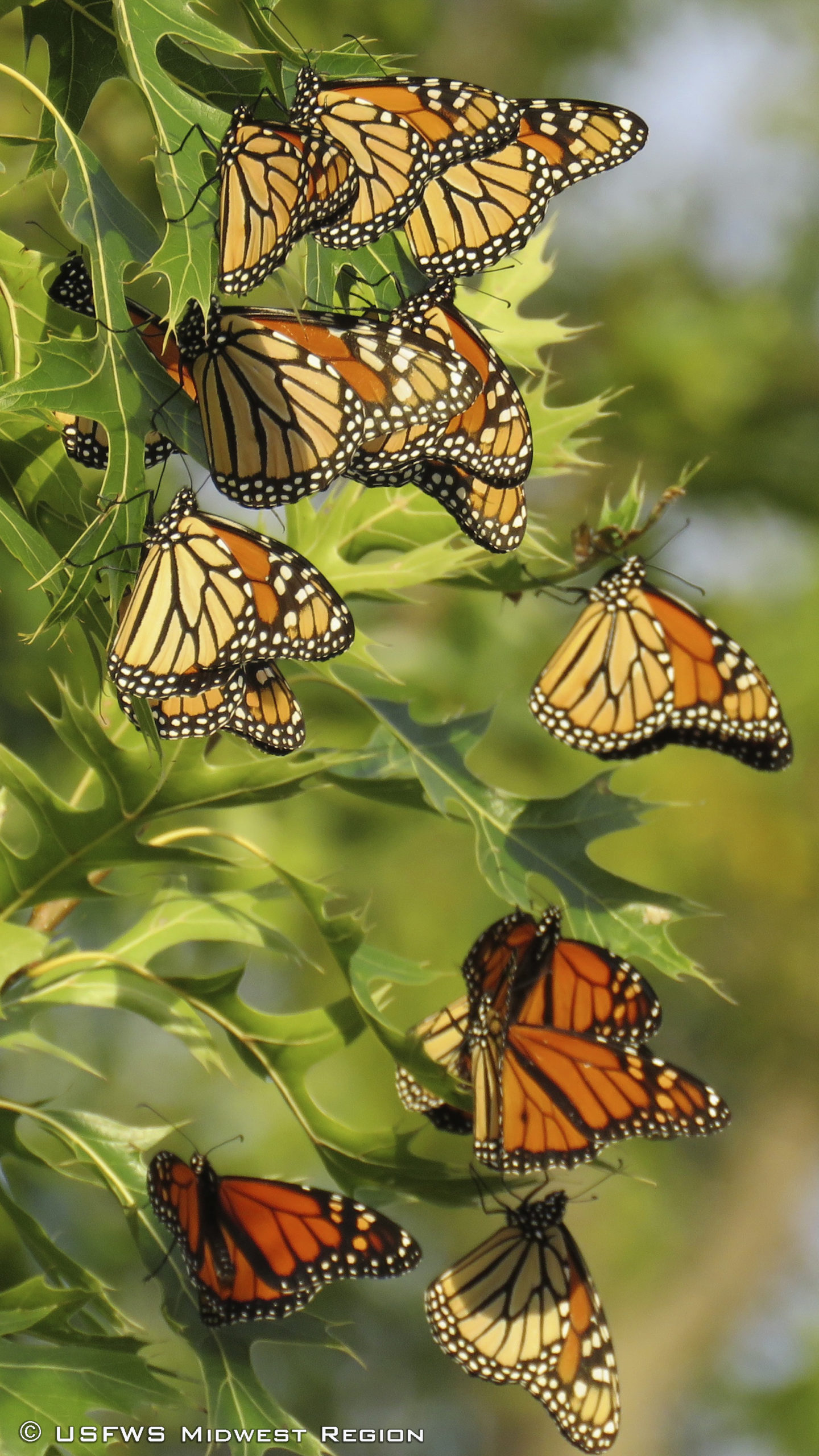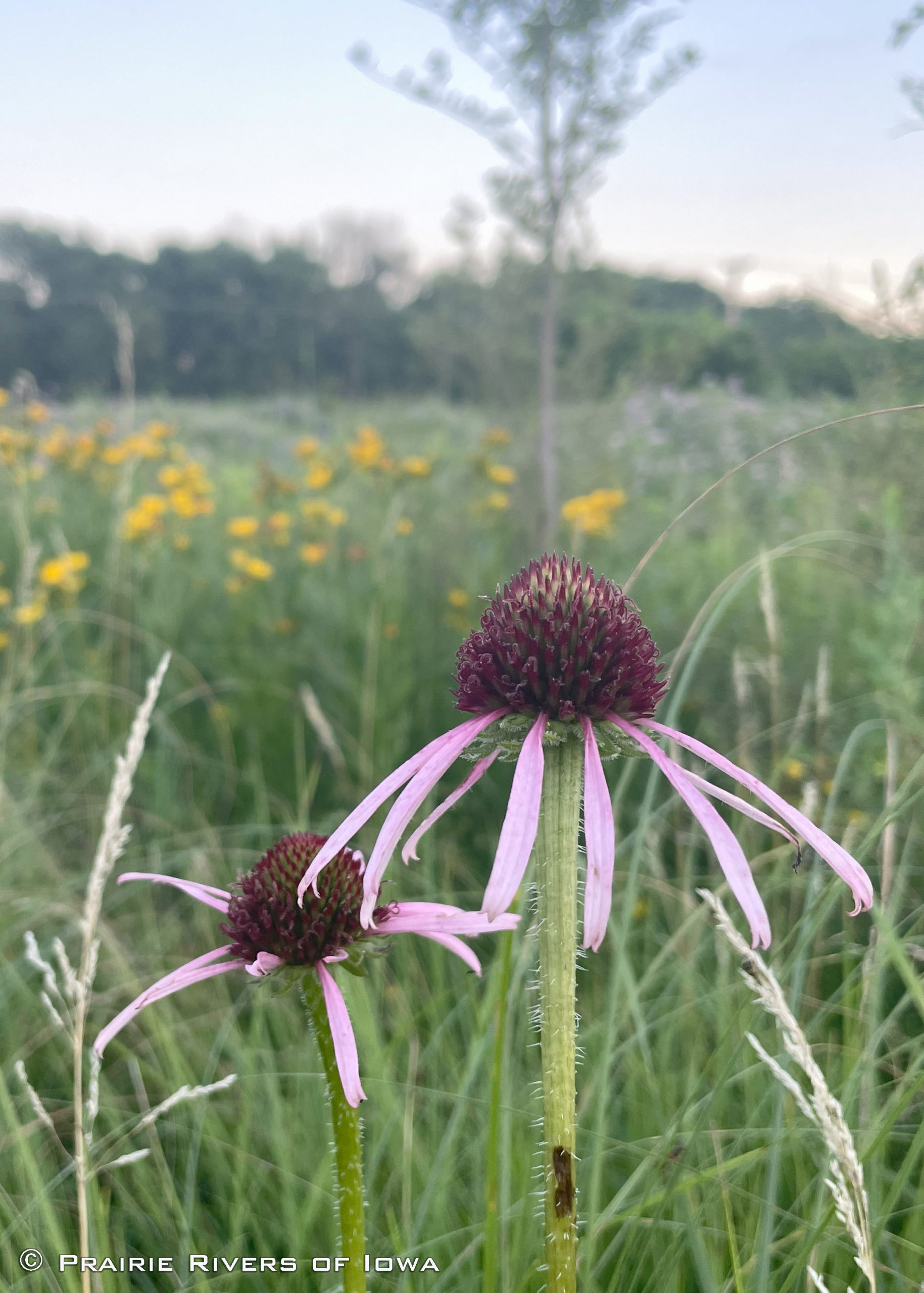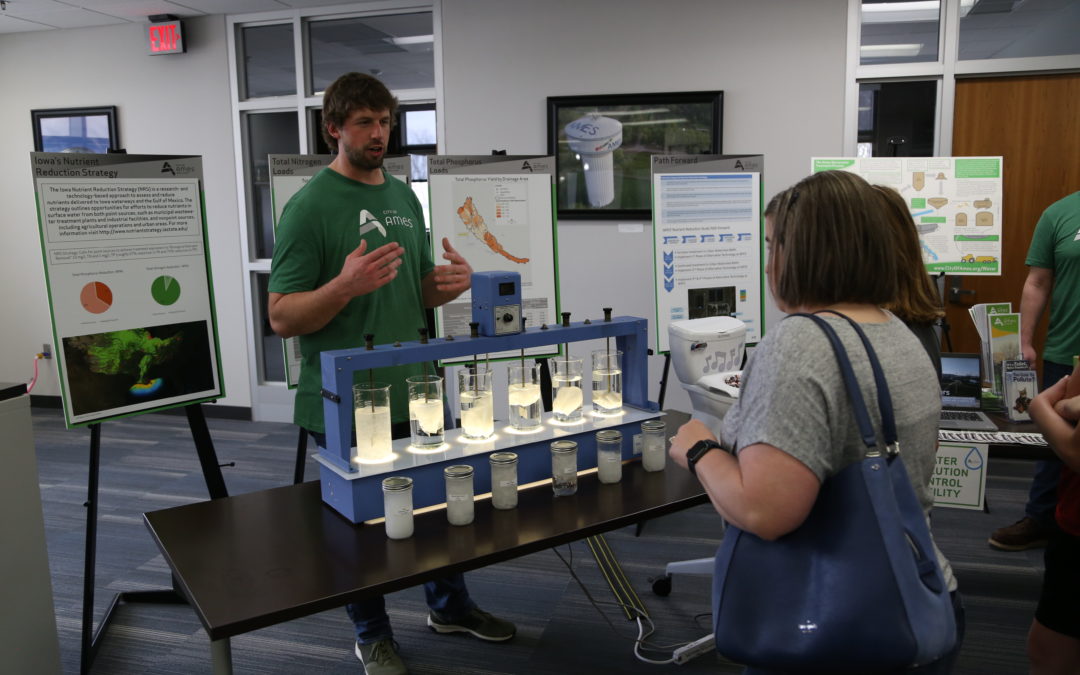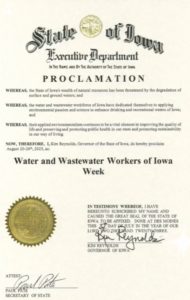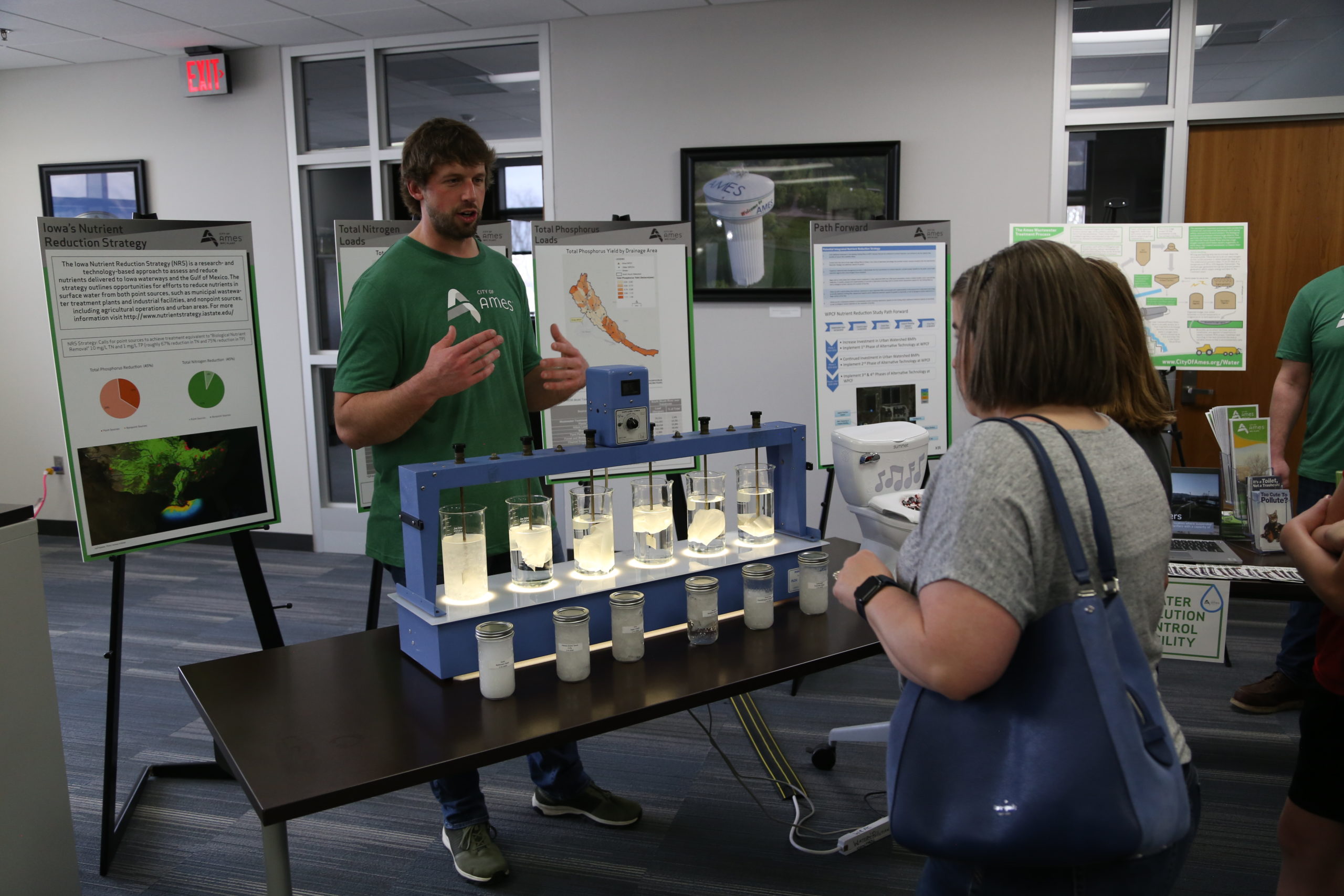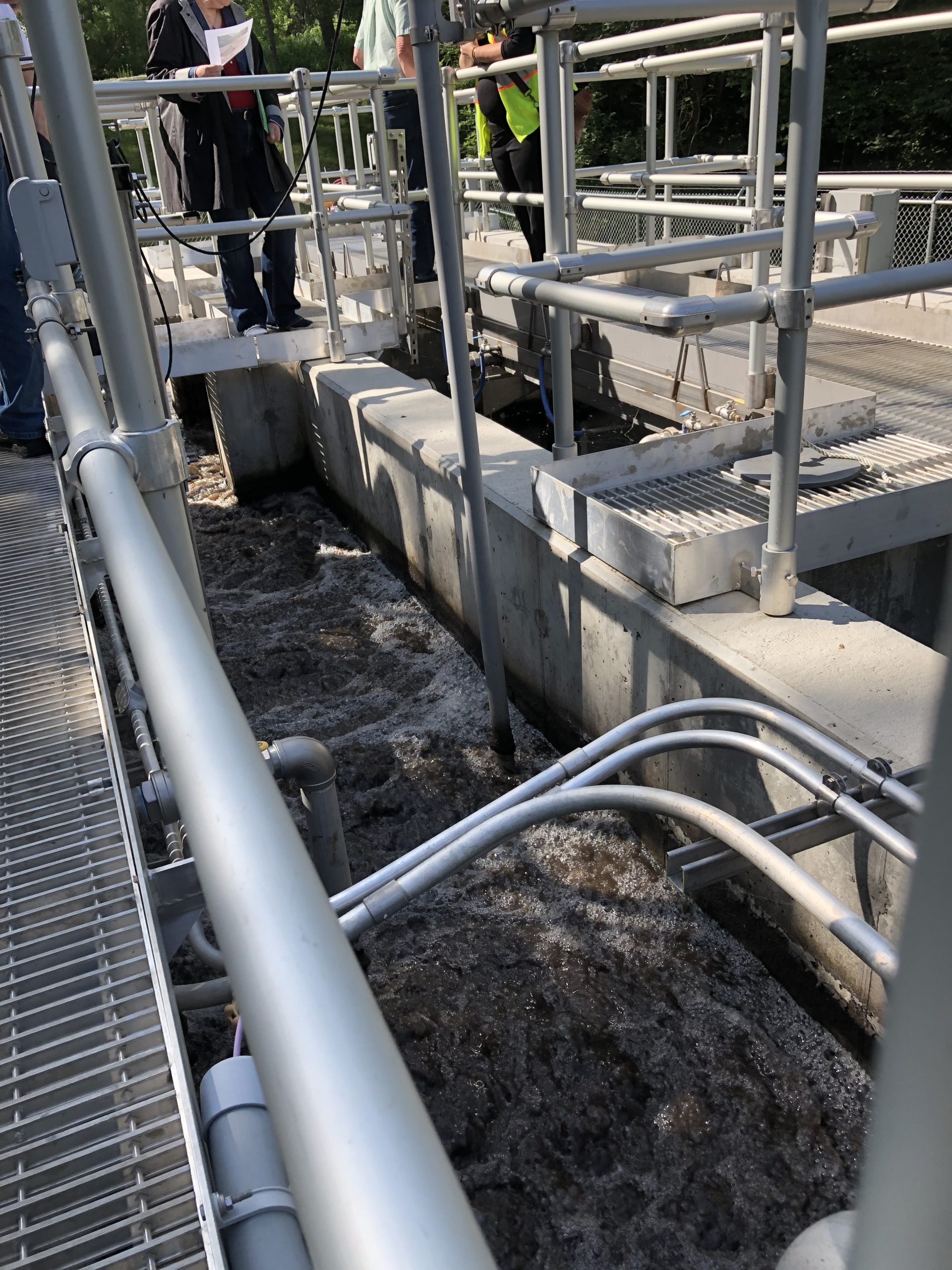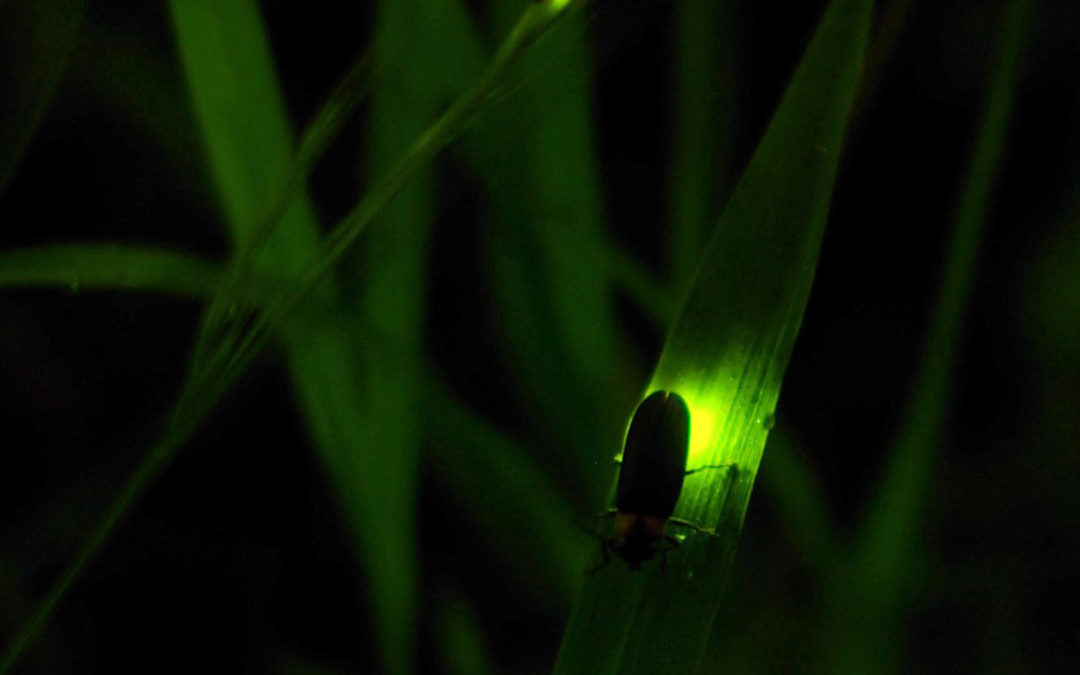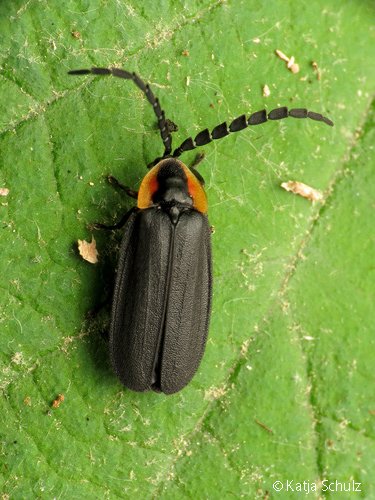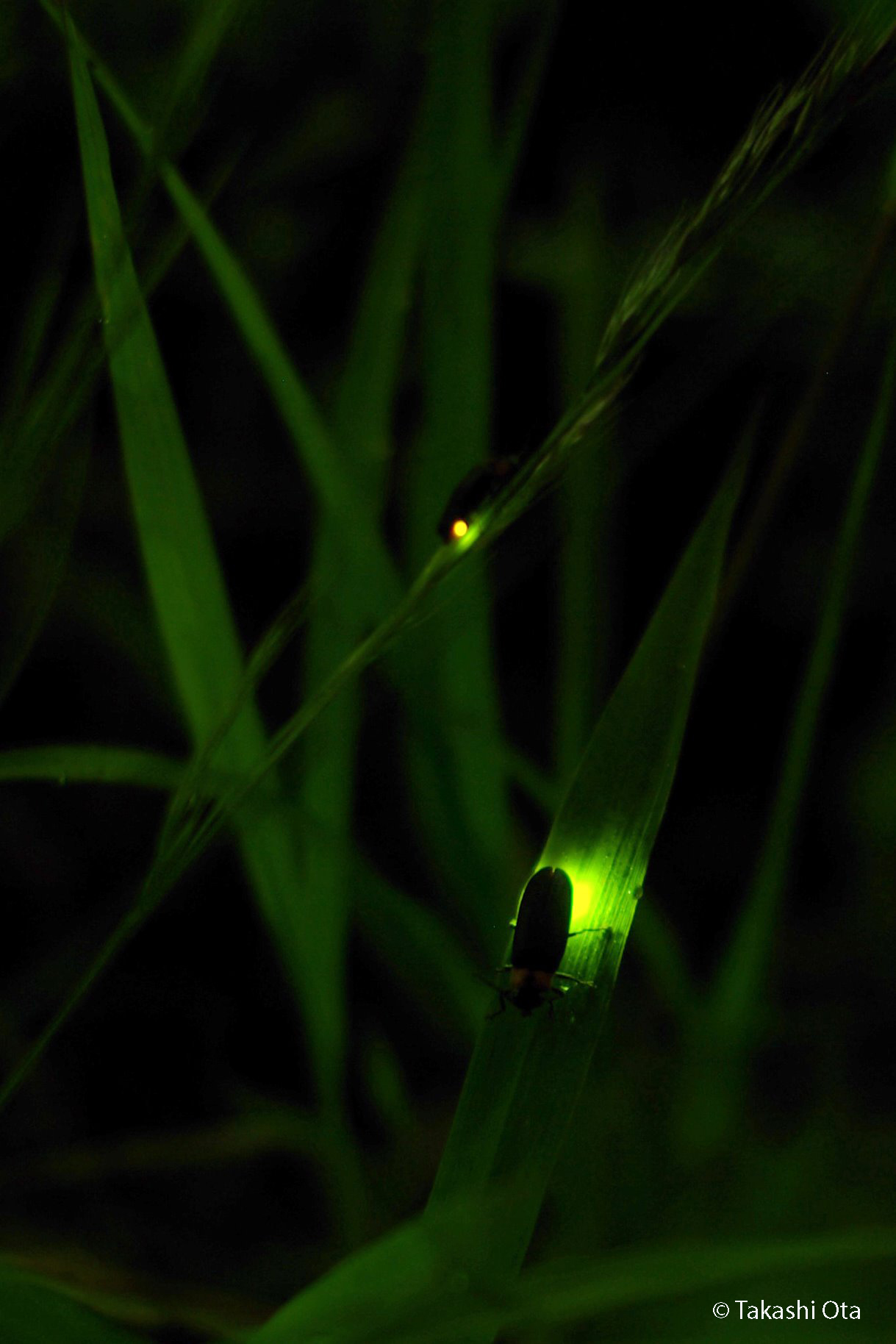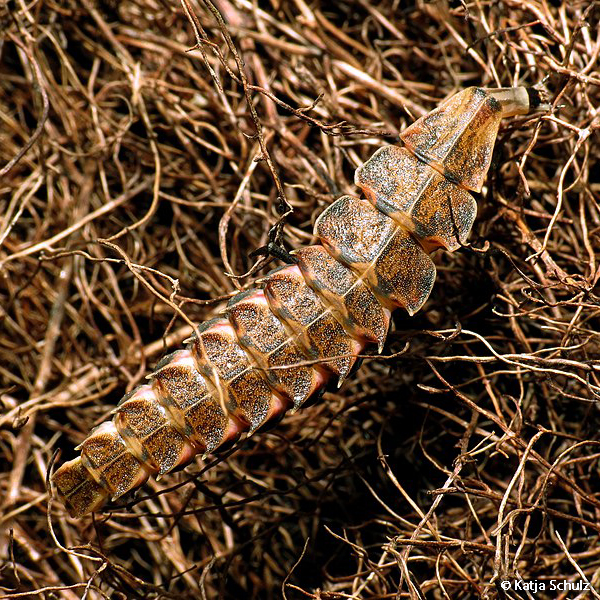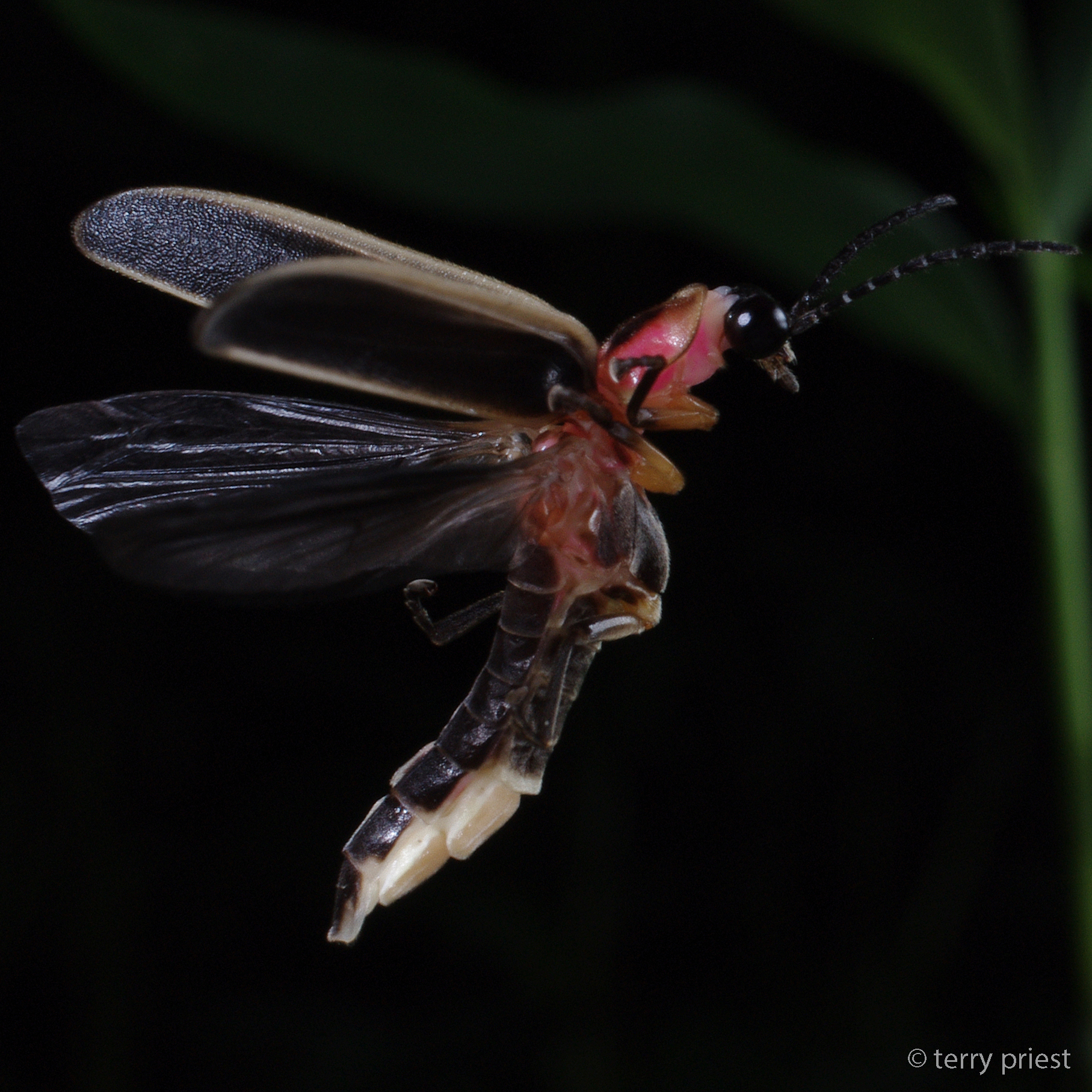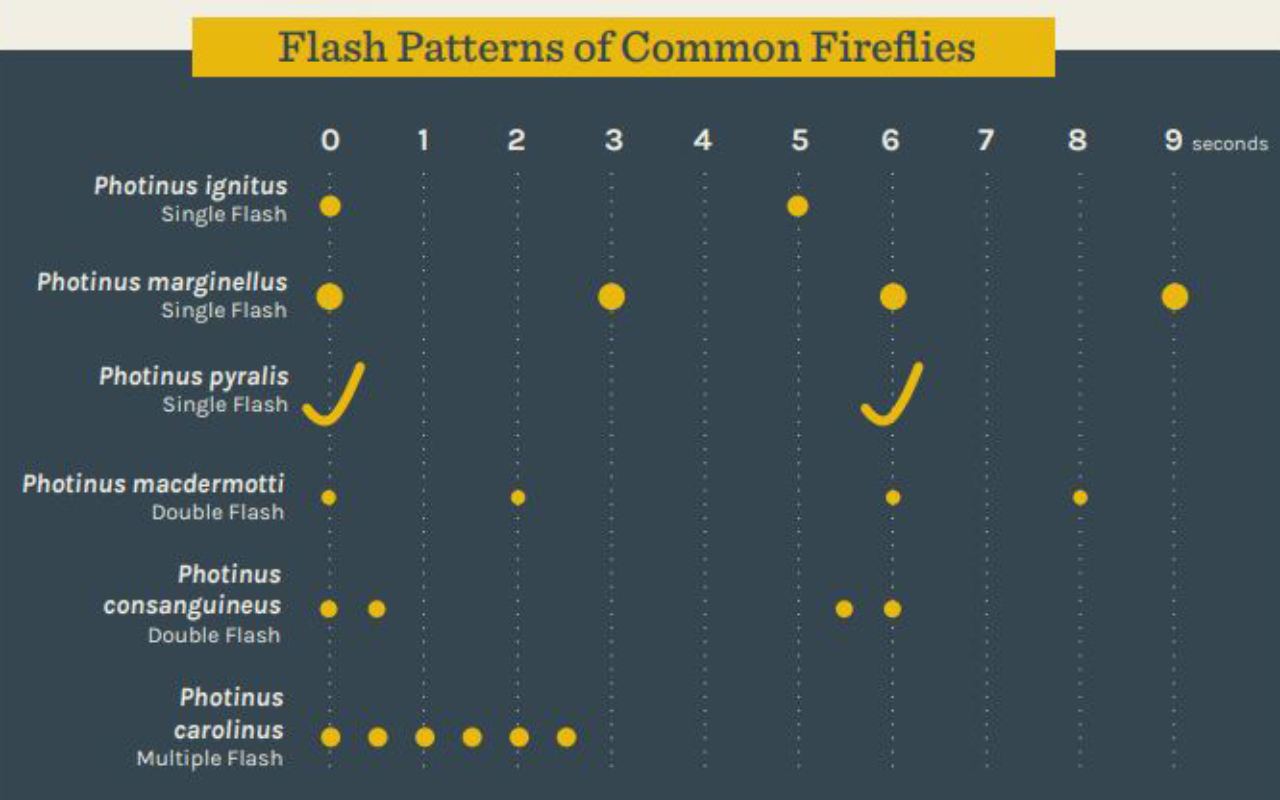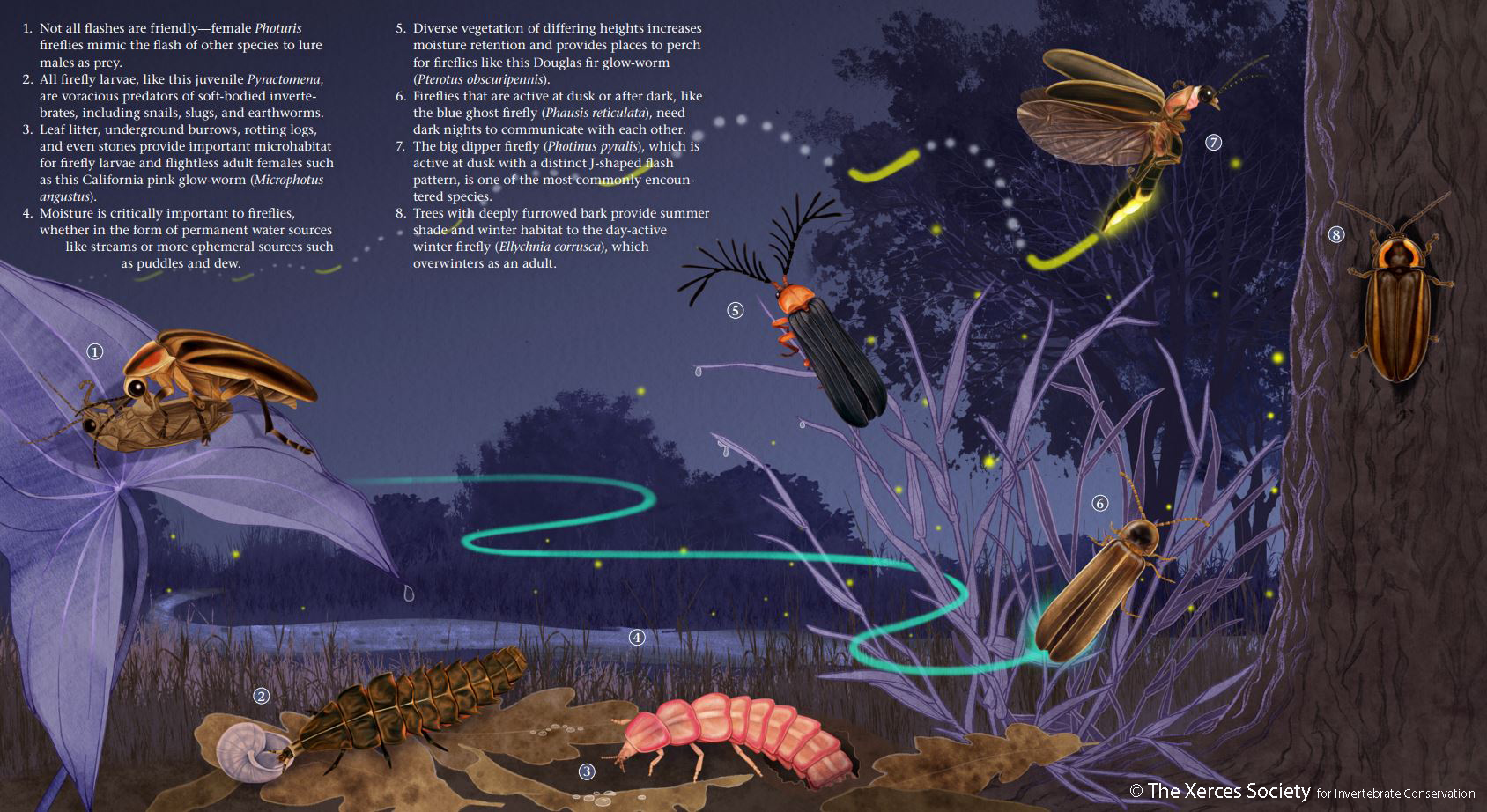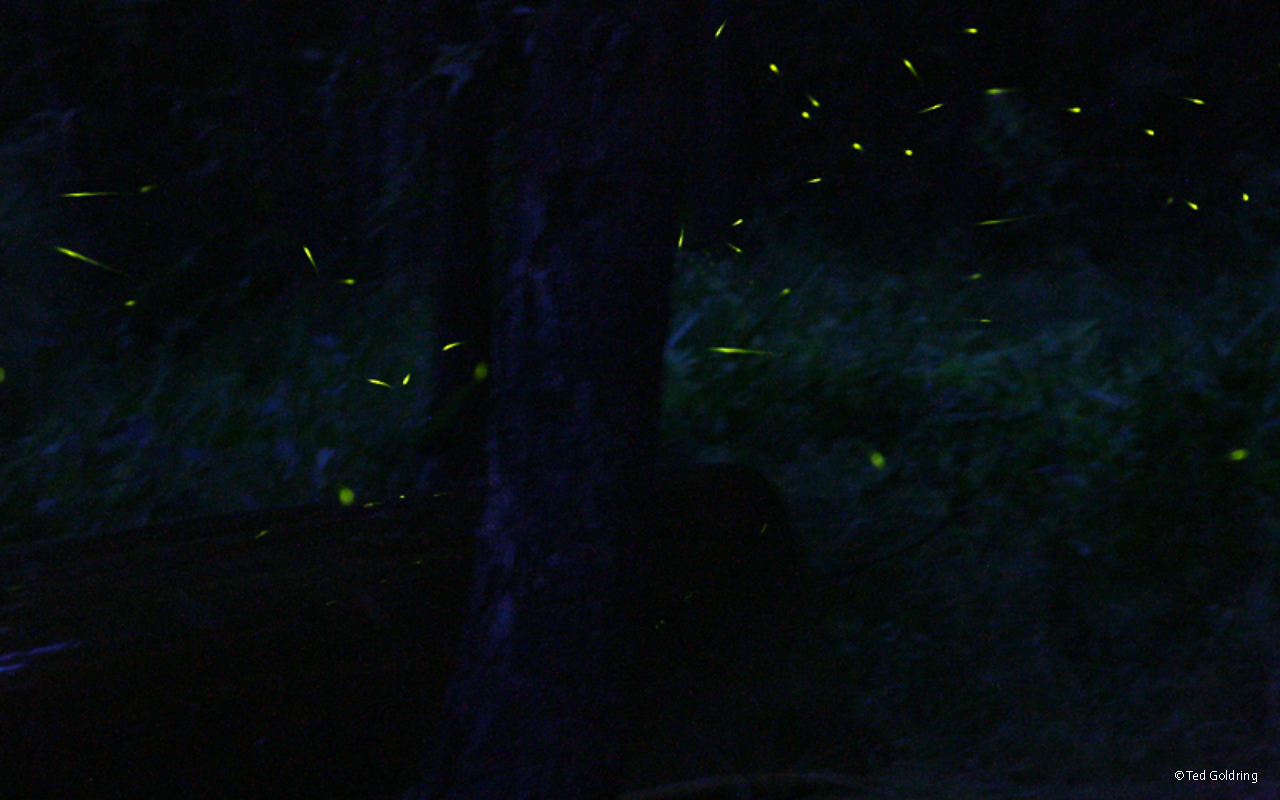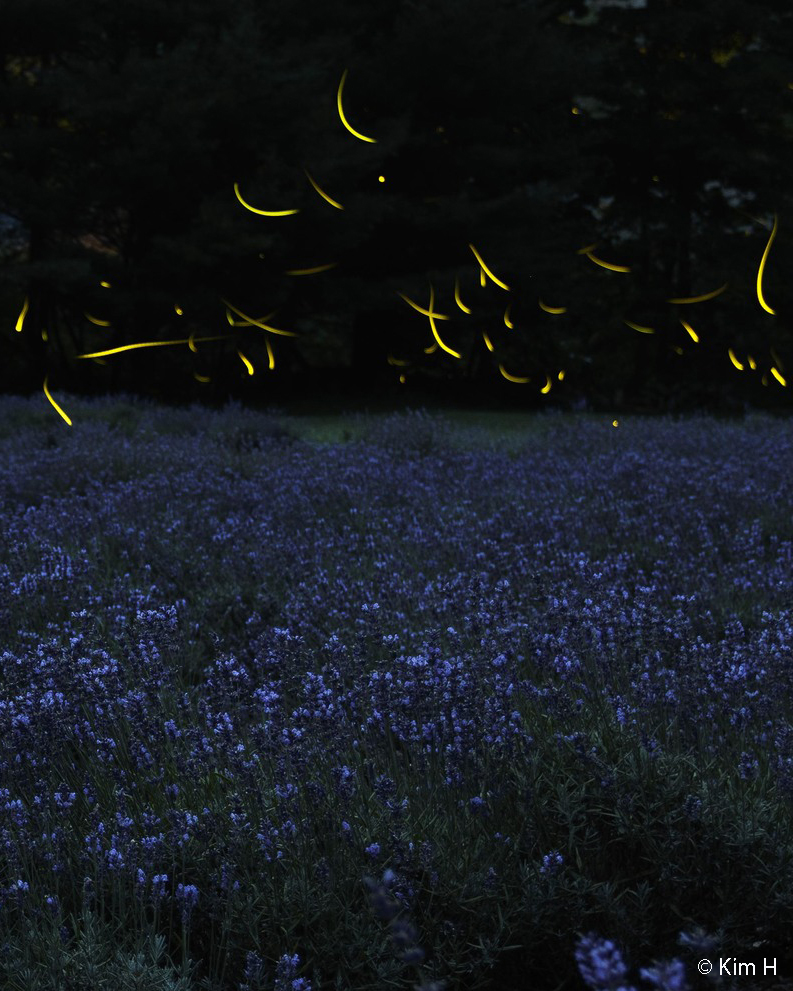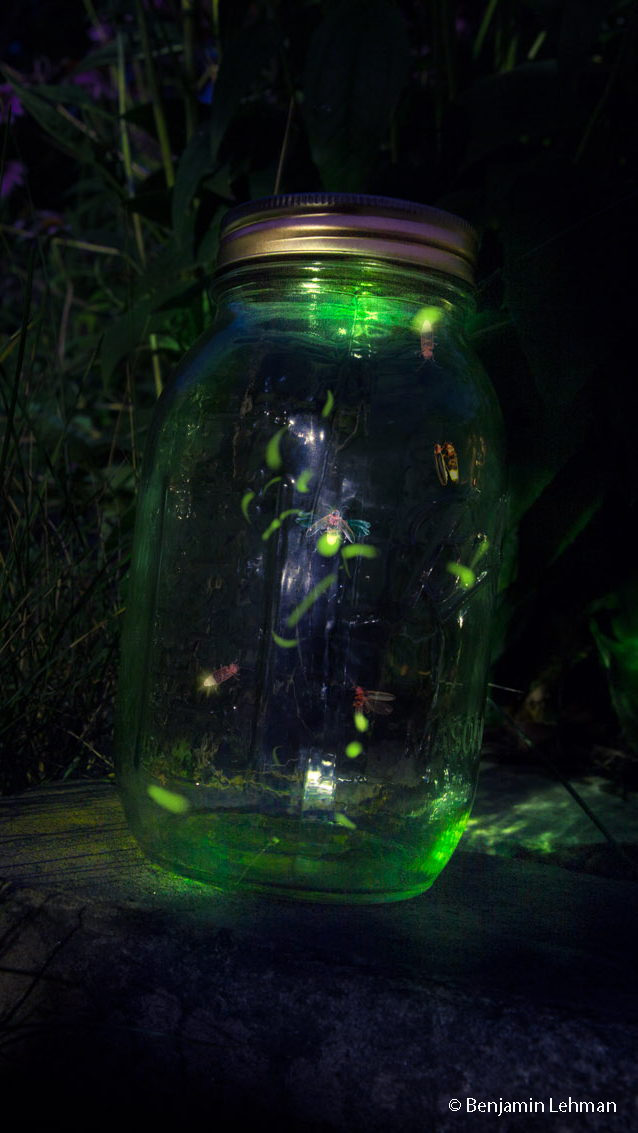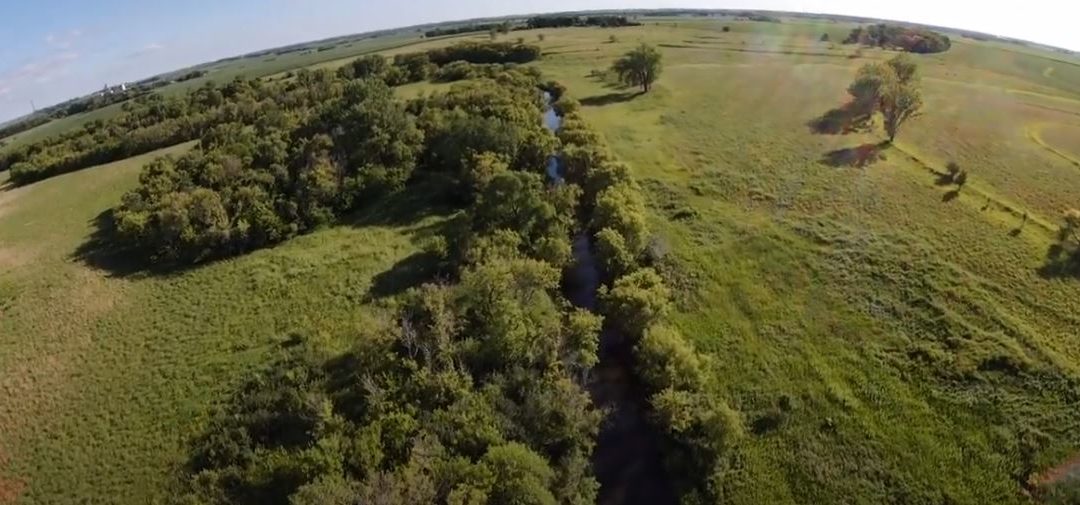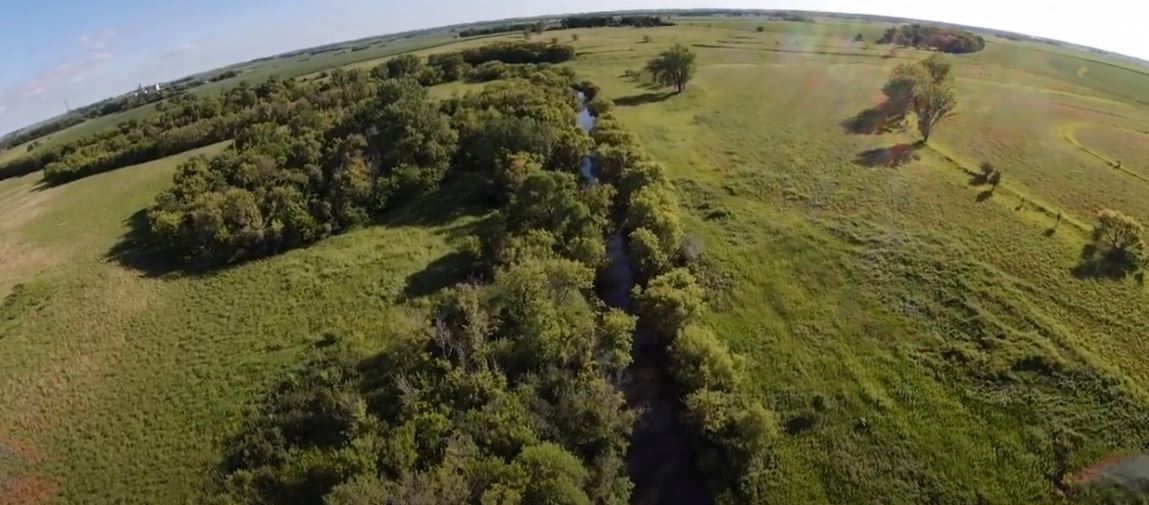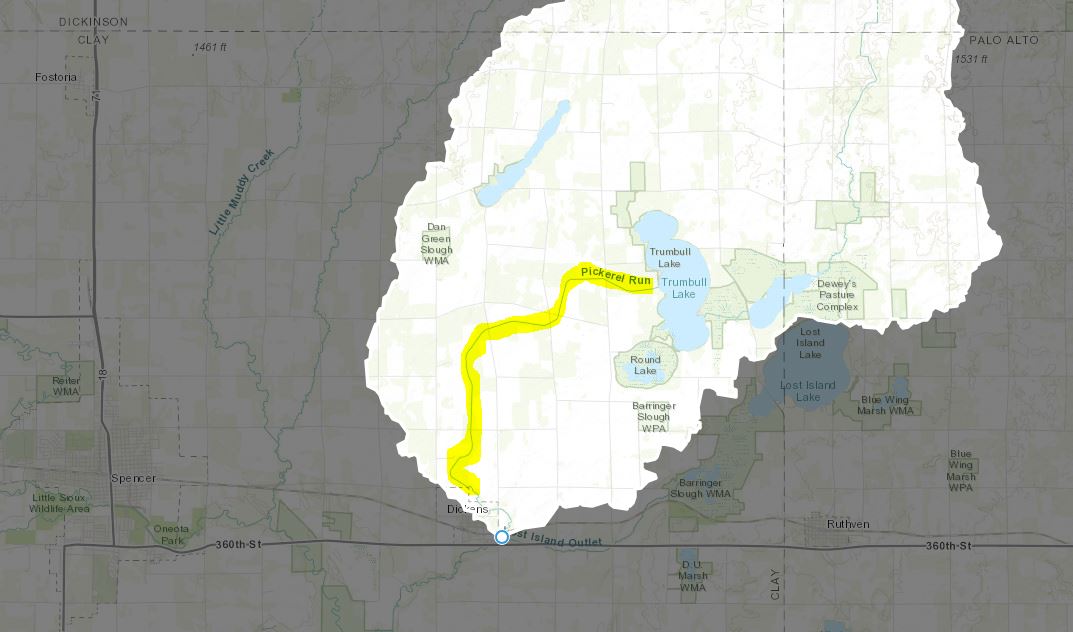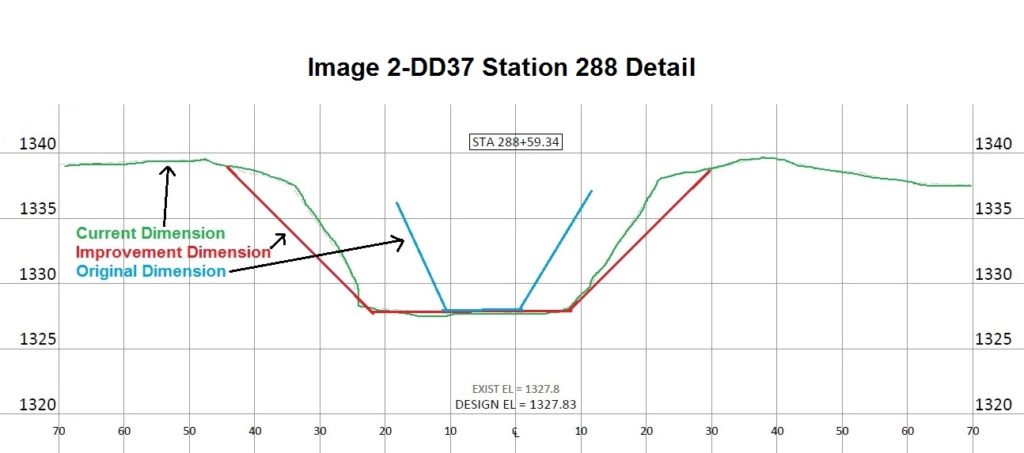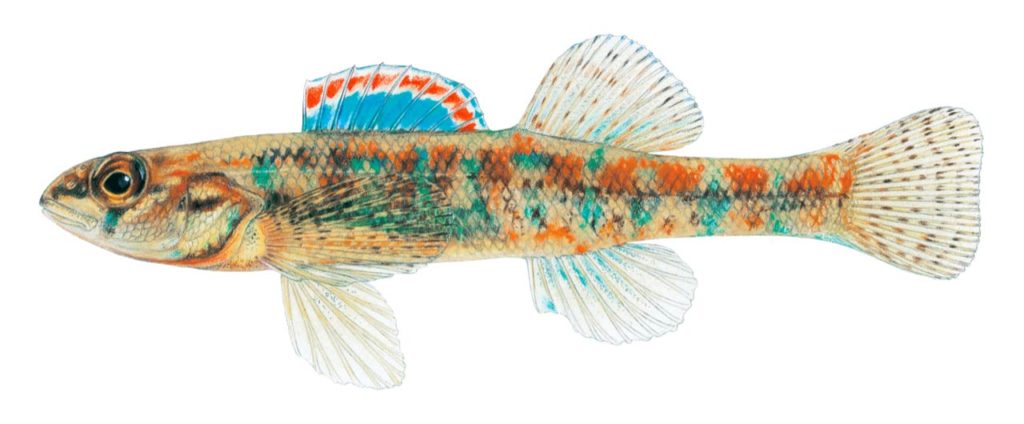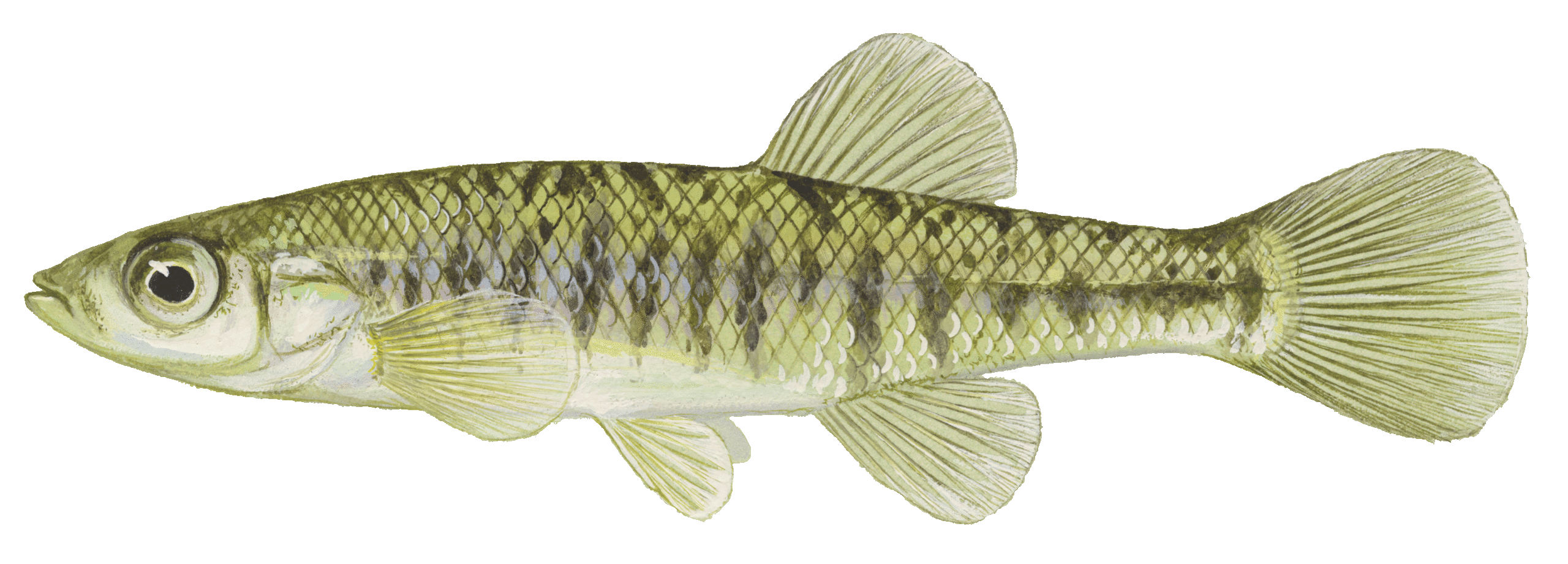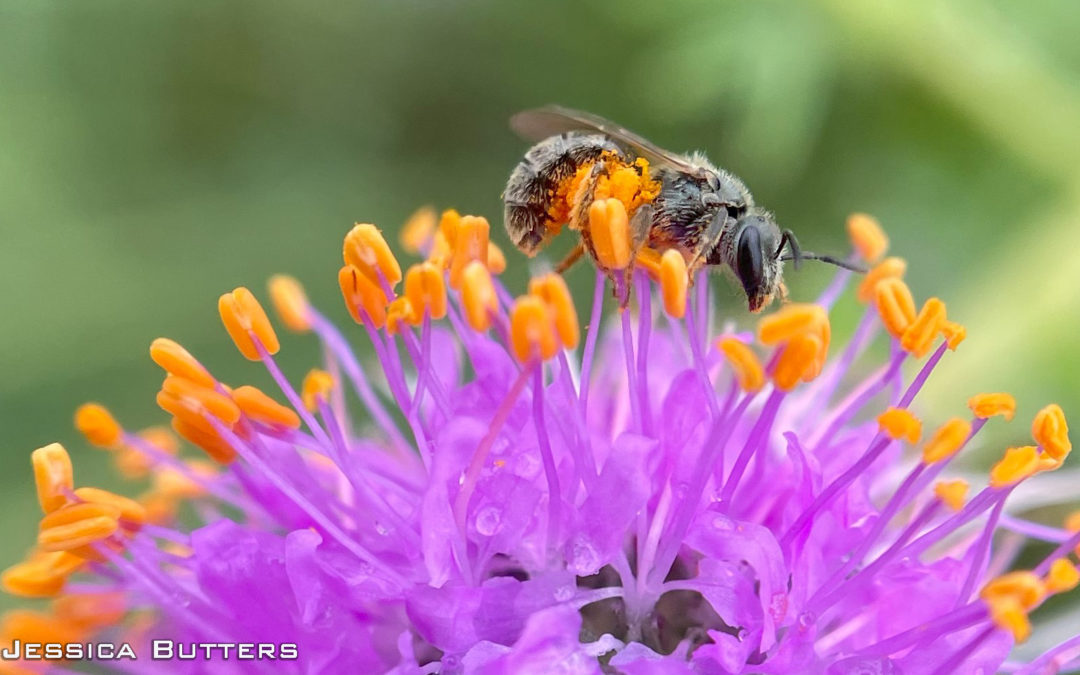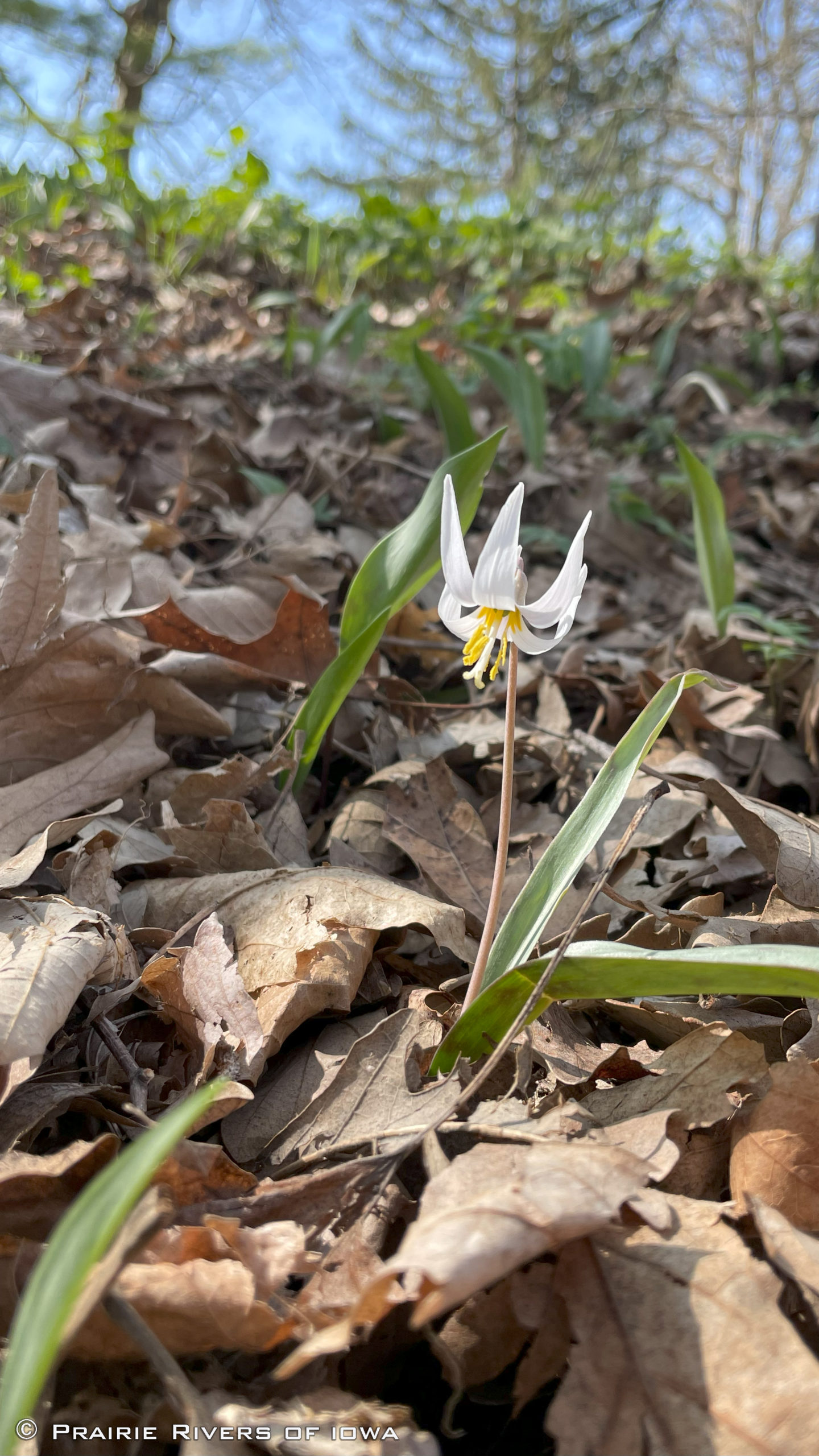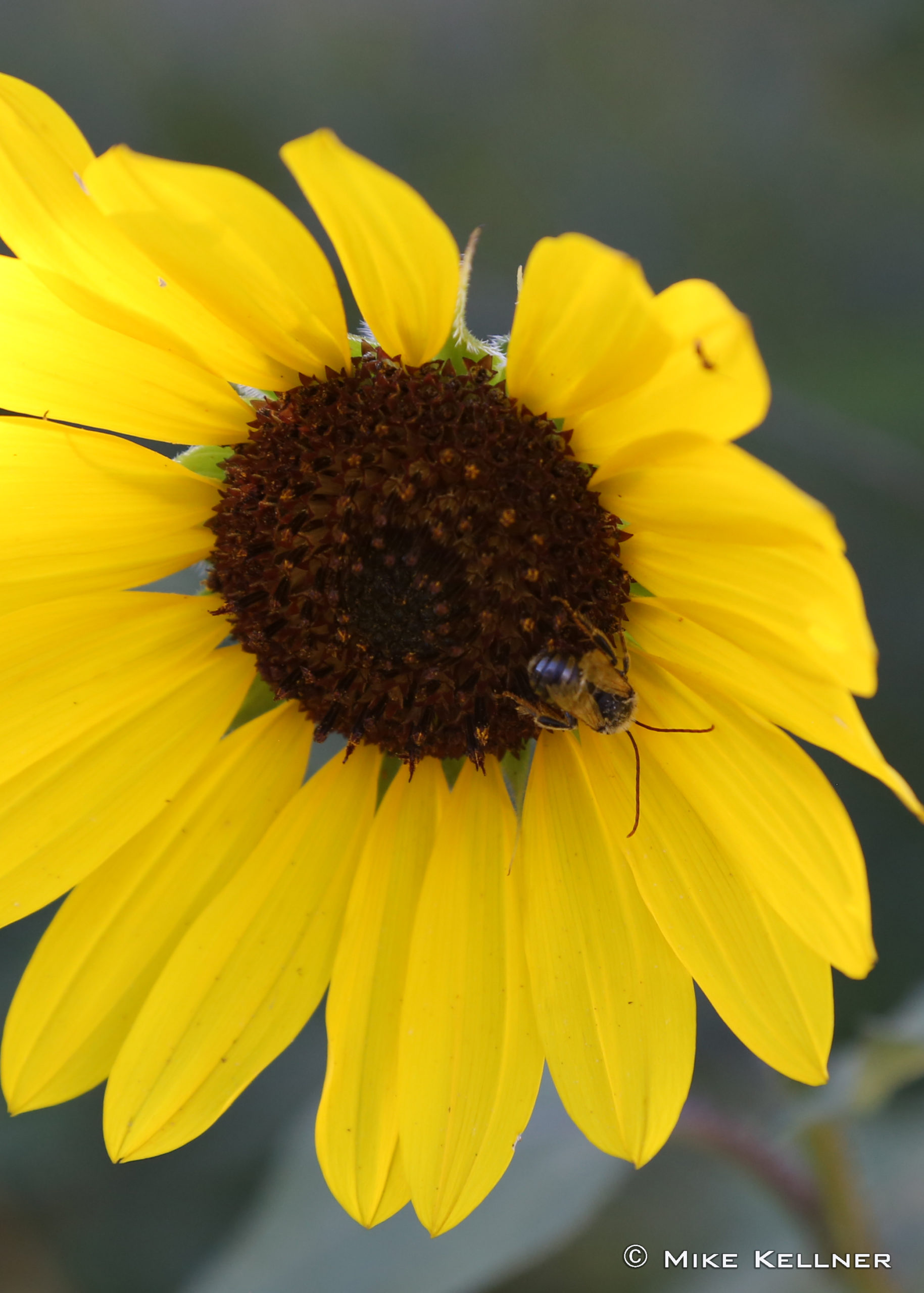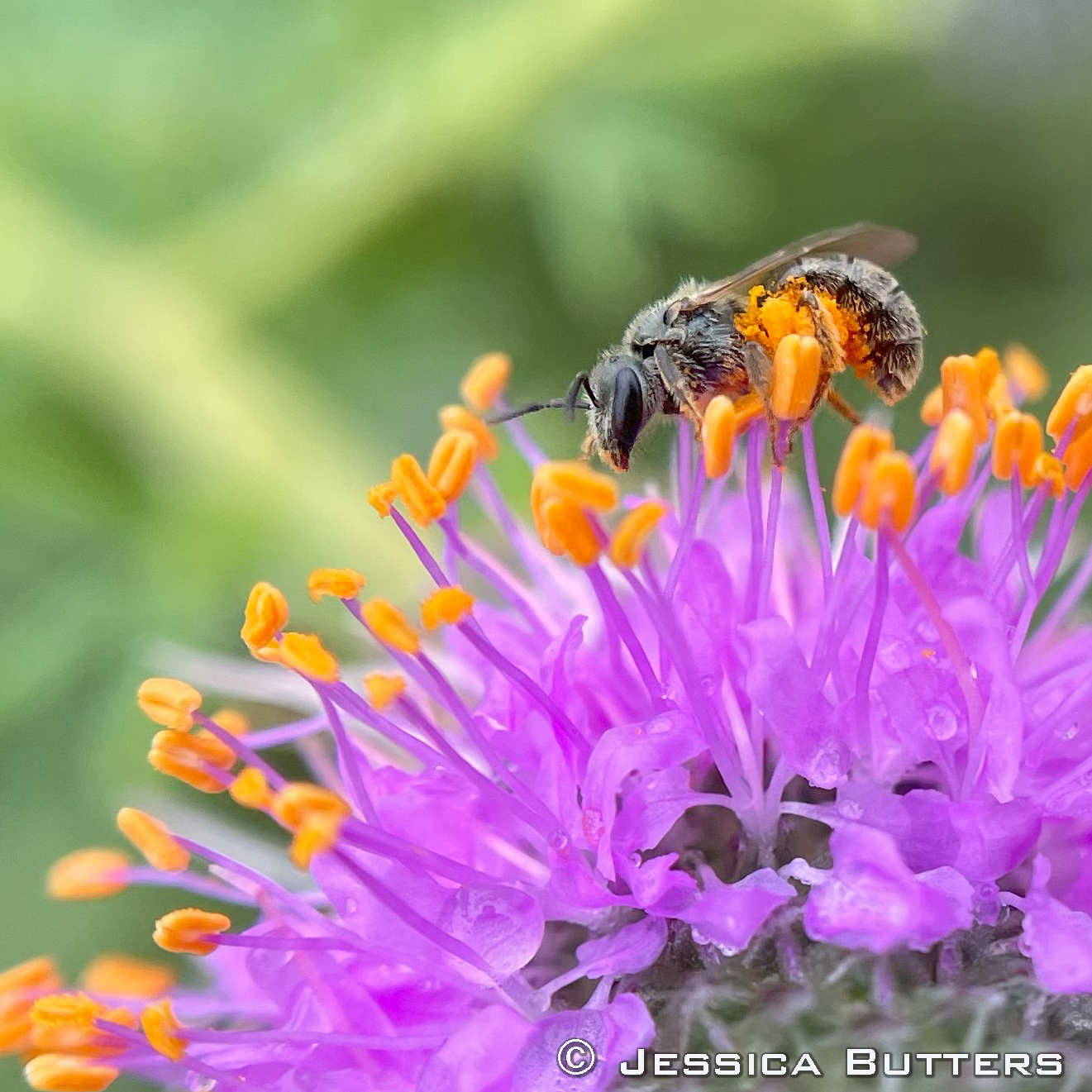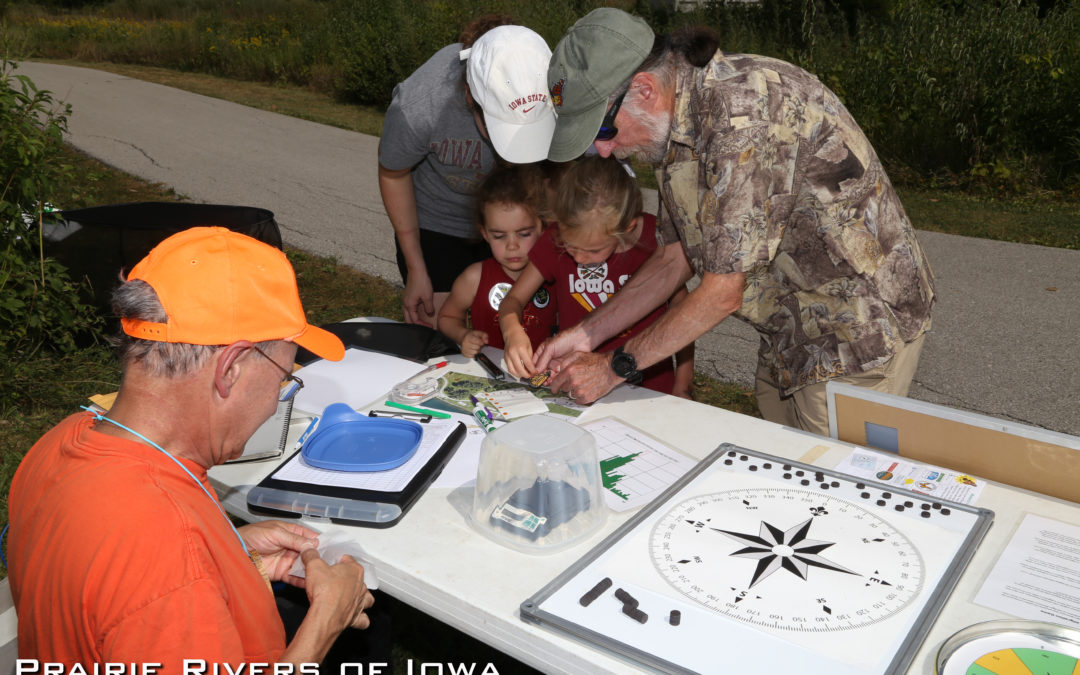
Monarch Magic in Ames Was a Day of Adventurous Fun!
Prairie Rivers of Iowa hosted the family-friendly event Monarch Magic on Saturday, September 9, at Ada Hayden Heritage Park in Ames. Attendees had the experience of tagging a monarch butterfly to help scientists track their migration and participated in many fun activities to learn more about this butterfly and other pollinators.
Over 300 individuals were in attendance and participated in diverse activities that ranged from navigating an obstacle course where kids had fun while learning caterpillar and pollinator survival tactics to helping local scientists and naturalists weigh, measure, tag, and release monarchs. One hundred and forty-six monarchs were tagged during the event.
Besides the primary goal of tagging monarchs to aid in tracking their migration to Mexico, pollinator education was front and center as well. Raising Readers in Story County gave away over 200 pollinator-themed books. Other partners like Story County Conservation, the Iowa Monarch Conservation Consortium, Iowa State University Extension and Outreach /4-H Youth Development, and Bird Friendly Iowa shared their knowledge throughout the delightful adventure.
Prairie Rivers of Iowa Pollinator Conservation Specialist Jessica Butters said it best, “The magic of the event was seeing a kid holding an insect, some for the first time, and participating in community science by tagging a monarch and setting it free!”
The ISU Department of Ecology, Evolution, and Organismal Biology, ISU Entomology, and Prairie Rivers of Iowa board members were on hand to share their expertise while helping with tagging.
This event would not have been possible without the support of Alliant Energy, the City of Ames, the Outdoor Alliance of Story County, and the Friends of Ada Hayden Heritage Park.

